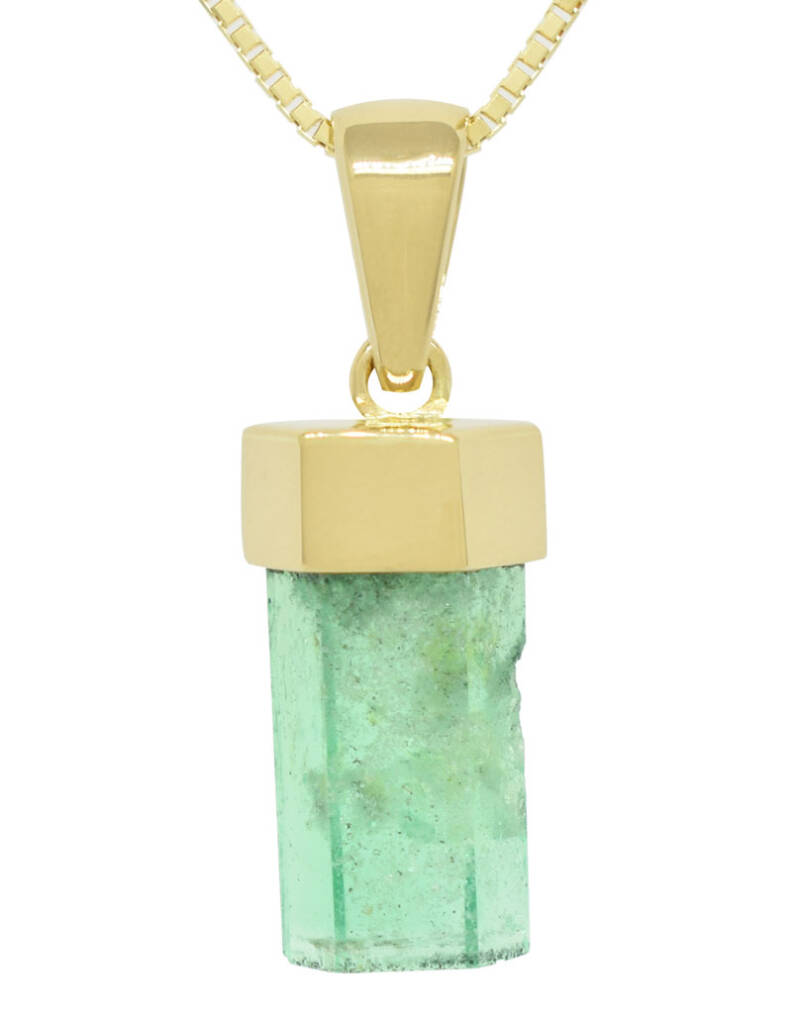
Photo courtesy Jose Rodriguez/Queen Emerald
From time immemorial, precious stones have been the favoured muse of distinguished authors. The emerald in particular is found referenced in ancient biblical scriptures, in the prolific writings of Pliny the Elder, and generously peppered throughout Shakespeare’s sonnets and plays.
Indeed, A Lover’s Complaint, penned by the English playwright in 1609, posits emerald to be so potent, it holds the power to revive one’s eyesight: “The deep-green emerald, in whose fresh regard, weak sights their sickly radiance do amend.”
In the upcoming October issue of Jewellery Business, award-winning trade journalist and graduate gemmologist Diana Jarrett dives deep into the history and treatment of the precious green gem in her feature, ‘Emerald: The verdant stone.’
Check out the excerpt below:
Emerald’s lively upbeat tint brings to mind new life and spring growth, making it an ideal birthstone for the month of May. It is also the gemstone for 20th and 35th wedding anniversaries.
Indeed, this venerated beryl variety, which is part of the trinity of precious stones (emerald, ruby, and sapphire), has gathered legions of famous devotees over the centuries. First-century AD Roman emperor Nero had flat emerald crystals fashioned into a kind of early Ray-Bans and wore them to ward off sun glare while watching the gladiators in Rome’s Coliseum.
The earliest known emerald mines of record were found in Egypt, dating back to at least 330 BC. Those mine sites continued producing into the early 18th century. Cleopatra, an emerald enthusiast, had such a passion for the lush stone that she kept her own mines. Much of her regal embellishments were lavishly encrusted with the green sparklers.
When 16th century Spaniards invaded the ‘New World’ in what is now Colombia, part of their coveted loot were hordes of emerald stones. By this time, the region’s indigenous Incas had considered emeralds treasured accessories and been using them as part of religious ceremonies for more than 500 years. Emeralds made their way back to Spain, where they created an appetite for the jewels amongst European and Asian royalty.
To read the rest of Jarrett’s feature, be sure to check out the October issue of Jewellery Business!





